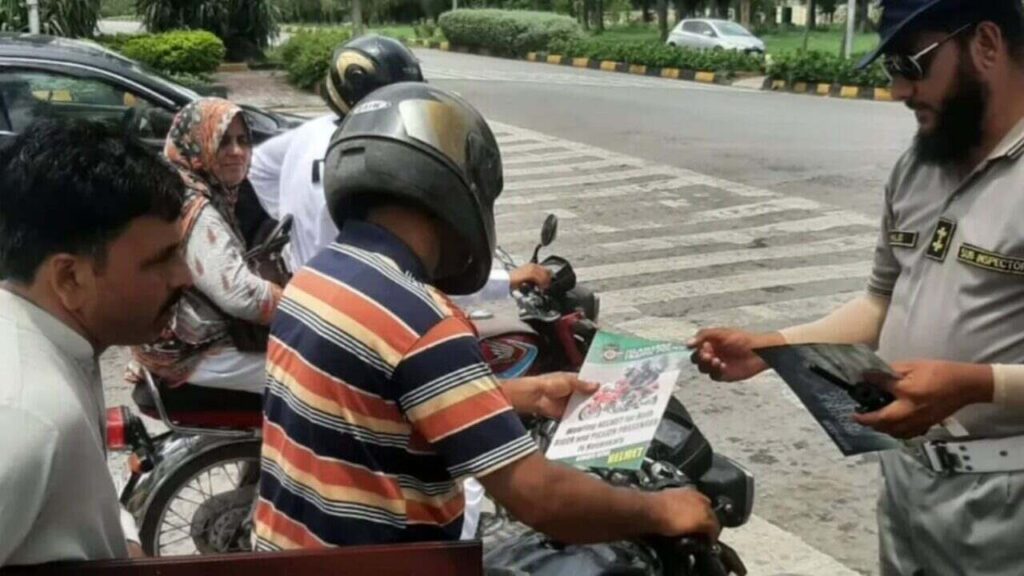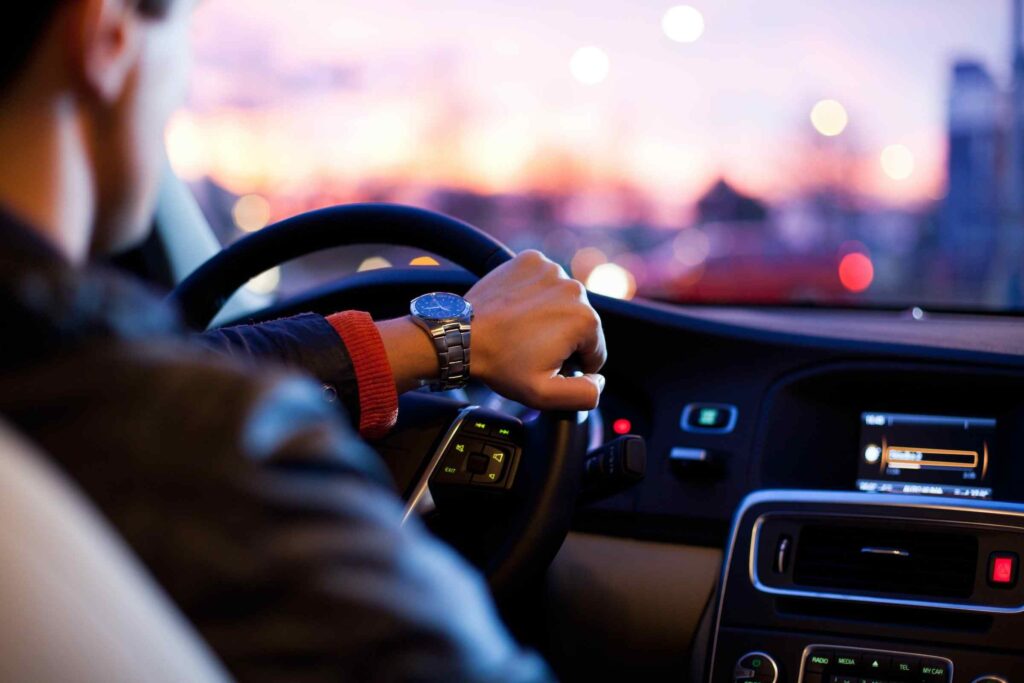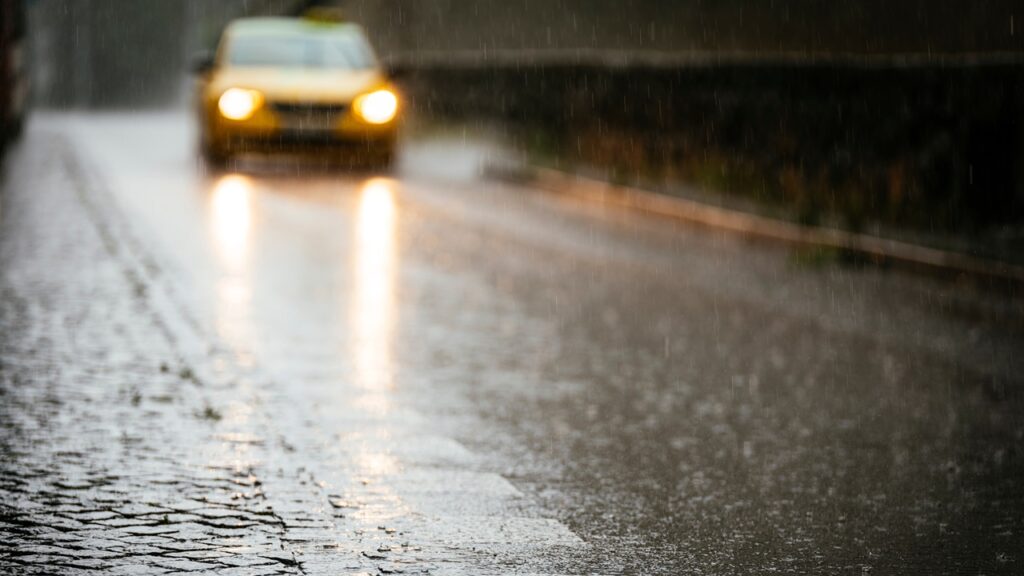Riding a motorcycle in Pakistan comes with risks. Roads are busy. Traffic can be heavy. Accidents happen often. One simple step can make a big difference: wearing a helmet. Helmet laws for riders in Pakistan aim to save lives. They also help you avoid penalties. In this post, we cover everything you need to know. We look at the rules. We explain fines. We share tips to stay safe and legal.
Why does this matter? Motorcycles are common in Pakistan. Many people use them for daily travel. But without helmets, head injuries rise. The government has laws to protect riders. These laws have changed over time. Now, in 2025, rules are stricter. Both riders and passengers must follow them in many areas.
This guide is for all riders. New or experienced, it helps. We break down laws by province. We list penalties. We talk about benefits. We even cover how to pick a good helmet. Read on to learn how to avoid penalties under helmet laws for riders in Pakistan.
History of Helmet Laws in Pakistan
Helmet laws in Pakistan started long ago. The main law is the Provincial Motor Vehicles Ordinance of 1965. It got an update in 1969. Section 89-A says riders must wear helmets on two-wheeled bikes. This rule aimed to cut down on injuries.
At first, the law only covered the main rider. Passengers did not have to wear helmets. Enforcement was weak. Many riders ignored it. Fines were low. In the early days, a fine might be just Rs. 200.
Over time, things changed. Road accidents grew. Motorcycles made up more traffic. In big cities like Lahore and Karachi, crashes were common. The government saw the need for better rules.
In 2022, Pakistan set new standards for helmets. The Ministry of Science and Technology made them. These standards help ensure helmets are safe. Before this, there were no clear rules on helmet quality.
By 2023, fines went up. Punjab raised the penalty to Rs. 2,000 for no helmet. Courts got involved too. The Lahore High Court said fines could be Rs. 5,000 in some cases.
In 2024, more updates came. Punjab pushed for all riders to wear helmets. They ran campaigns. Police issued more tickets.
Now, in 2025, laws are even tougher. Many provinces require helmets for passengers too. Lahore made it mandatory for everyone on a bike in January. Rawalpindi followed in February. Islamabad joined in July.
These changes show progress. The goal is fewer deaths. Helmets save lives. But riders must know the history to see why rules matter. Past weak enforcement led to more accidents. Now, strict rules help avoid penalties under helmet laws for riders in Pakistan.
The shift to include passengers is key. Women and children often ride as pillion. They were exempt before. Studies showed low helmet use among them. New laws fix that gap.
Overall, helmet laws have grown stronger. From basic rules in 1969 to full mandates in 2025, the focus is safety.
Current Helmet Laws by Province
Pakistan has federal laws. But provinces handle traffic rules. Helmet laws vary a bit. We break them down here. This helps riders know what to do in their area.
Start with Punjab. This province has strict rules. In Lahore, helmets are mandatory for all on a motorcycle. That includes the rider and any passengers. The rule started in January 2025. Rawalpindi requires the same from February 1, 2025. No exceptions for gender or age. Even kids must wear them if possible.
In other Punjab areas, the main rider must wear a helmet. But passengers are now included in many cities. Police enforce this on main roads.
Next, Sindh. Karachi has new rules. From March 2025, no helmet means no entry on three major roads. These are Metropole to Clifton Bridge, Shahrah-e-Faisal, and PIDC to Saudi Embassy. This applies to riders. Passengers are encouraged but not always required. Sindh follows the PMVO. Helmets for riders are a must.
In Khyber Pakhtunkhwa (KPK), rules are similar. Riders must wear helmets. Enforcement is stronger in cities like Peshawar. Recent campaigns fine riders without them. Passengers are not always checked. But police urge everyone to wear one.
Balochistan has basic laws. The PMVO applies. Riders need helmets. In Quetta, checks happen on highways. Fines are issued. Passengers are not mandatory yet. But changes may come soon.
Islamabad is federal capital. From July 2025, both riders and passengers must wear helmets. No gender exceptions. This rule is strict. Police set up checkpoints.
Across Pakistan, helmets must meet standards. The 2022 rules say helmets should protect the head well. Look for PSQCA marks. That’s the Pakistan Standards and Quality Control Authority.
For all provinces, the law covers two-wheeled bikes. Scooters and electric bikes count too. If you ride with more than one passenger, extra rules apply. But helmets are always required for safety.
These laws update often. Check local traffic police sites. In 2025, the trend is toward full coverage. Riders and passengers alike. This helps avoid penalties under helmet laws for riders in Pakistan.
One fresh point: Electric bikes are rising. Laws now include them. No helmet on an e-bike can lead to fines too.
In rural areas, enforcement is lighter. But on highways, police check more. Always carry a helmet.
Penalties for Violations
Breaking helmet laws costs money. Fines are the main penalty. They vary by province. But most are Rs. 2,000 now.
In Punjab, no helmet means Rs. 2,000 fine. This is for riders and passengers in cities like Lahore. Before 2023, it was Rs. 200. The increase aims to make people follow rules.
Sindh has similar fines. In Karachi, Rs. 2,000 for no helmet on banned roads. Police can seize the bike if you repeat offenses.
KPK fines Rs. 2,000 too. In Chitral, even police got fined for no helmets. This shows no one is exempt.
Balochistan follows Rs. 2,000. But in remote areas, fines might be lower.
Islamabad matches Punjab. Rs. 2,000 for violations.
Beyond fines, other penalties exist. Police can take your license. Or impound the bike. In crackdowns, thousands of bikes get seized.
Pay fines at traffic offices or online. In Punjab, use e-pay apps.
To avoid penalties, wear a helmet always. It’s simple. Fines hurt your pocket. Safety matters more.
One insight: Fines fund safety programs. But the real cost is in accidents. No helmet leads to bigger bills.
Benefits of Wearing Helmets
Helmets do more than follow laws. They protect your head. In crashes, they reduce injury risk.
Studies show helmets cut head injuries by 69%. Deaths drop by 42%. In Pakistan, many accidents involve bikes. Helmets save lives.
Without a helmet, healthcare costs rise. One study found non-helmet riders pay more. About Rs. 12,113 vs. Rs. 10,796 for helmet users.
Helmets shield from dust and sun too. In hot weather, they keep you cool. Good ones have vents.
For families, helmets set an example. Kids learn safety early.
In traffic, helmets make you visible. Bright colors help.
Overall, benefits outweigh any discomfort. They prevent brain damage. They lower medical bills. They help you avoid penalties under helmet laws for riders in Pakistan.
Fresh view: Helmets can be stylish. Many designs exist. Pick one that fits your look.
How to Choose the Right Helmet
Picking a helmet is key. Not all are safe. Follow these steps.
First, check standards. In Pakistan, look for PSQCA approval. It means the helmet meets safety tests.
Types: Full-face covers all. Open-face leaves chin open. Full-face is safer.
Size matters. Measure your head. Try it on. It should fit snug. Not too tight.
Material: Good helmets use ABS plastic or fiberglass. Inside padding absorbs shock.
Features: Visor for eyes. Straps that lock well. Vents for air.
Price: Basic ones start at Rs. 1,000. Better ones cost Rs. 3,000+. Invest in quality.
Where to buy: Shops in markets. Online sites. Check reviews.
Care: Clean it. Replace after 5 years or a crash.
Choose right to stay safe. It helps follow helmet laws for riders in Pakistan and avoid penalties.
Tip: For passengers, get extra helmets. Keep one on the bike.
Common Myths about Helmet Laws
Myths confuse riders. Let’s clear them.
Myth 1: Only riders need helmets. False. Now passengers too in many areas.
Myth 2: Helmets are heavy and hot. Modern ones are light. Vents help.
Myth 3: Laws don’t apply to women. Wrong. No gender exceptions.
Myth 4: Cheap helmets are fine. No. They must meet standards.
Myth 5: Police ignore rural areas. Not always. Highways have checks.
Bust these myths. Know facts to avoid penalties.
Insight: Myths come from old rules. Updates change things.
Enforcement and Challenges
Enforcement is stronger in 2025. Crackdowns in Lahore from July. Police set checkpoints.
In Karachi, DHA enforces strictly.
Challenges: Low awareness. Some can’t afford helmets. Heat makes people skip them.
Government gives free helmets sometimes. Campaigns help.
Even police must wear them.
Enforcement saves lives. But education is key.
Statistics on Accidents and Helmet Use
Accidents are high in Pakistan. Bikes cause many.
In Rawalpindi, only 36.7% use helmets. Non-users have 5 times higher severe injury odds.
Karachi sees 45% crashes with bikes.
Head injuries: 46% in non-helmet vs. 18% in helmet users.
Fatalities: 47% of bike deaths from no helmet.
These numbers show why laws matter. Helmets cut risks.
For more information visit Traffic signs test.
Conclusion
Helmet laws for riders in Pakistan are clear. They protect you. They prevent fines. Know the rules by province. Wear helmets always. It saves lives and money.
Stay updated. Ride safe. Avoid penalties easily.


